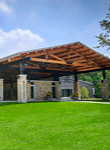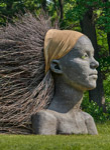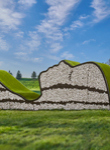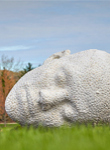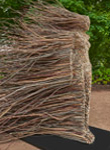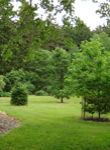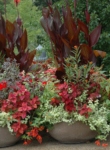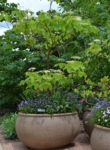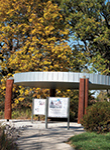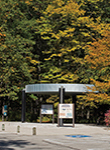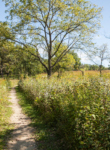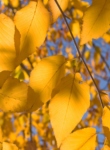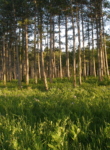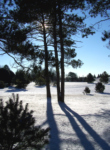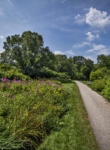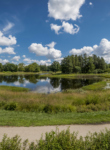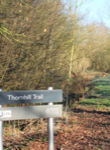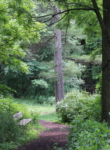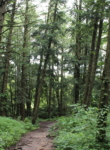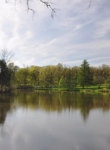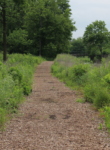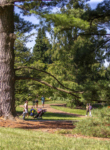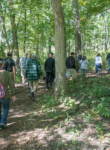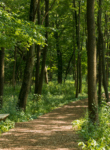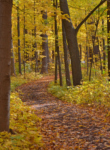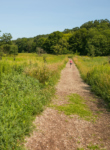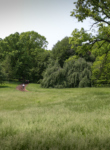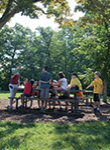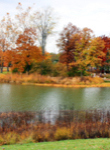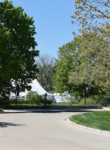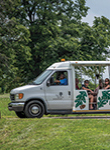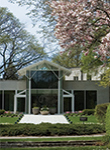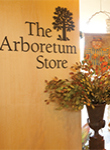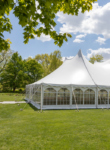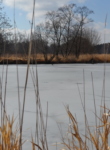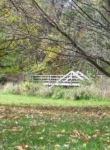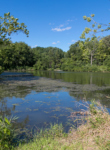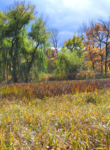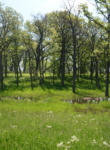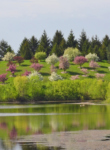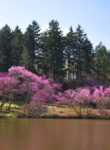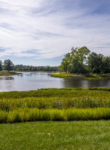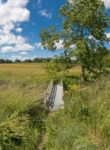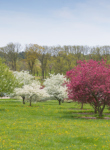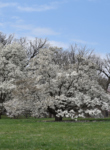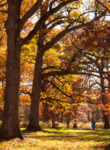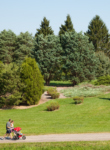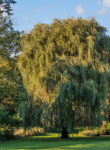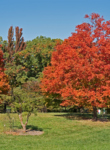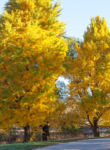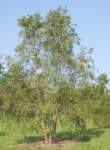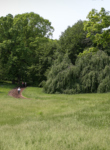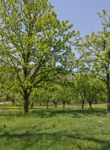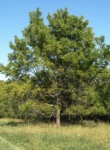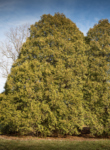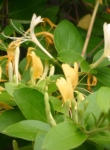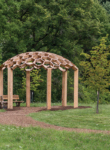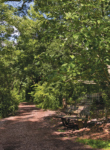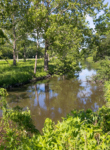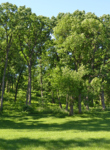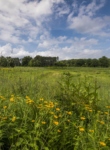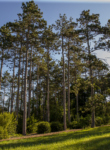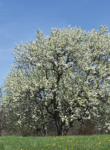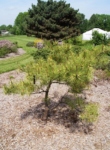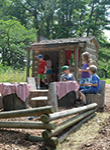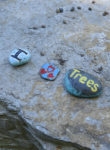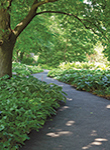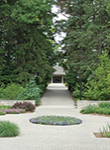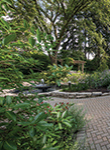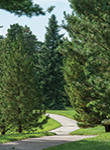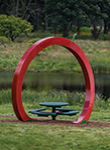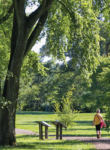When looking for a large, low-maintenance summer perennial for a cottage, native, pollinator, or butterfly garden, spotted Joe Pye weed may be the right selection. Pinkish-purple flowers top tall stems with whorls of narrow leaves. Named for the characteristic purple spots on the stems, this is a perennial that can add some height to a landscape. It is tolerant of wet conditions, prefers full sun, and is generally low maintenance and free of pests and diseases. This species is native to the Chicago region according to Swink and Wilhelm’s Plants of the Chicago Region and current research.
Size and method of spreading:
Spotted Joe Pye weed is often 3 to 7 feet in height and spreads to approximately 3 to 4 feet in width. This plant may send up clonal offshoots from the underground stem structures (rhizomes). Spotted Joe Pye weed may also spread by self-seeding.
Native geographic location and habitat: (include C-value if appropriate)
Spotted Joe Pye weed is native to the Northern United States from the East to the West Coast, down into Kentucky, Tennessee, Georgia, as well as Arizona and New Mexico. C-value: 5.
Attracts birds or pollinators:
Spotted Joe Pye weed is attractive to long-horned bees, leaf-cutting bees, honeybees, bumblebees, bee flies, butterflies, moths, skippers, and leaf beetles. Some birds may eat the seeds, notably the swamp swallow.
Leaf description:
Leaves of the spotted Joe Pye weed are long and narrow, sometimes widening towards the center (lanceolate to narrowly elliptic). They are light green to yellowish green in color and occur in groups of four to five around one portion of the stem (whorled). The edges have sawlike teeth (serrate margins).
Flower description:
The flower heads of spotted Joe Pye weed consist of groups of 8 to 20 individual flowers (disk flowers) on the terminal end of the central stem of the plant. The florets are arranged in a branched inflorescence with each individual having its own stalk and mature from the bottom to the top (panicle arrangement). The florets and their accompanying leaflike structures (phyllaries) are pinkish purple in color.
Fruit description:
Dandelionlike fruit structures (achenes) will form from the disk flowers of spotted Joe Pye weed, with hairs that are meant to help the seeds to disperse in the wind.
Plant care:
In the spring, cut spotted Joe Pye weed to the ground as new growth begins to improve its appearance. When planted in preferred conditions, spotted Joe Pye weed is low maintenance.
List of pests, diseases, and tolerances:
Wet conditions are tolerated by spotted Joe Pye weed, and it is not a favored food source for herbivores such as deer or rabbits. This plant is not associated with major pests or diseases.
